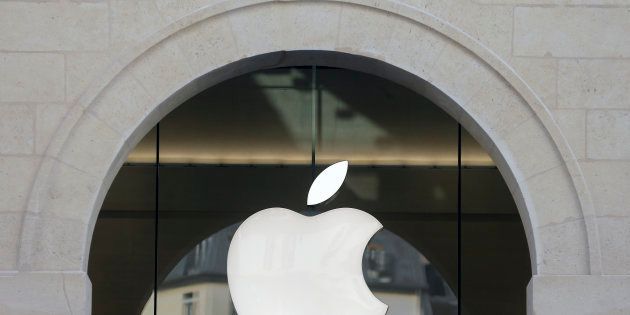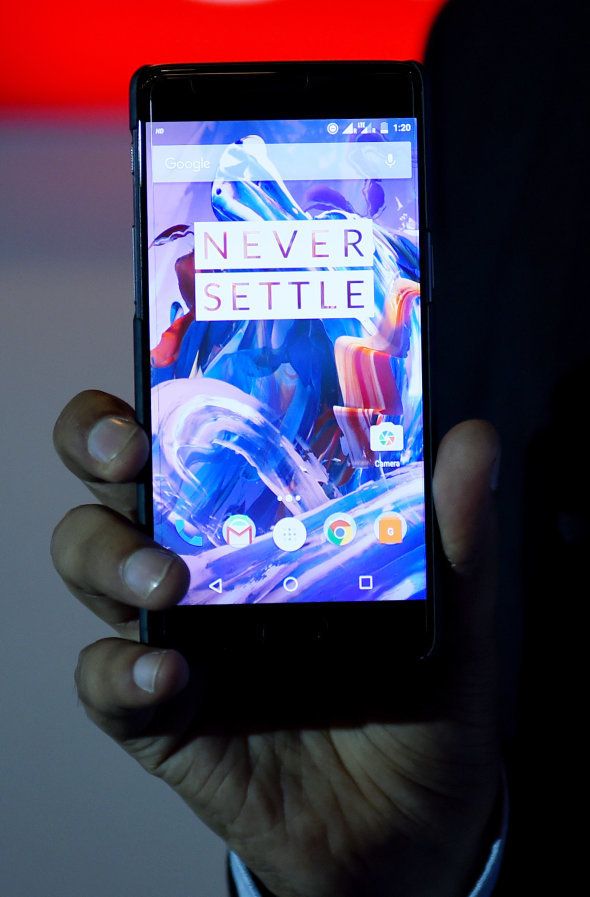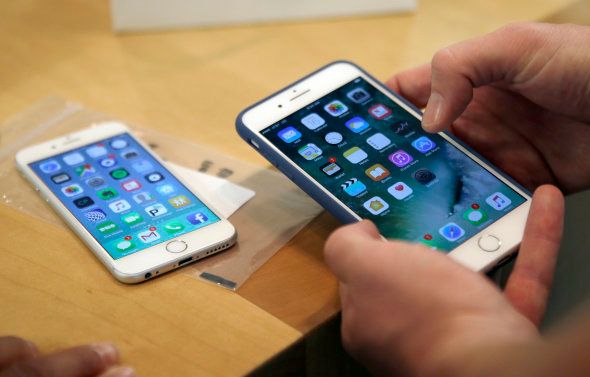
Picture this -- it is September of 2016 and in Cupertino, California, Apple CEO Tim Cook is wrapping up the presentation of the new iPhone. He announces the prices and the countries where the iPhone is going to be launched first and India is on the list.
Until now, Apple's Indian fans had to wait for a long time or rely on the grey market to get their beloved i-devices. At just one month after the latest iPhone's launch, this year the wait was much shorter.
Now, it is quite possible that the next iPhone will be launched in India at more or less the same time as in the US. All thanks to Apple's recent lobbying with the Indian government to allow them to manufacture iPhones in India.
According to latest reports, the company could start production in a factory situated in Bengaluru by April next year. Apple is likely partner with the Taiwanese device manufacturer Wistron in the venture. The choice is unexpected given that Apple's old partner, Foxconn, already has a presence in India and produces phones for companies such as Xiaomi.
When the new Indian-made iPhones actually start shipping, it will be a big win for the government's 'Make in India' program. So far, Chinese smartphone makers such as Xiaomi and Lenovo have set up manufacturing facilities in India and this has led to their gaining critical market share in the country. It is expected that almost 220 million smartphones will be produced in 2016-17 in India.
While Shenzen in China is considered to be the manufacturing hub for smartphones, India can pose a significant challenge in the coming years. Apple's arrival could inspire other big players such as Samsung or even Google to produce phones here. The Chinese smartphone maker OnePlus, whose phones sell well in the premium segment in India, has already announced that it is going to produce the OnePlus 3T phone in the country to meet growing demand.

Apple sold 2.5 million smartphones from October 2015 to September 2016 in India. Making the phones in India would mean more sales. The brand is well liked here and it has already taken the second spot among smartphone makers in terms of revenue. These figures mean that there should be plenty of scope for developers to develop quality iOS apps that are India-centric.
It is a known fact that iOS users spend much more money than an average Android user. A report suggests that on average, Apple users spend 2.5 times more than Android consumers. So, just as there are many apps developed in China to cater their specific geographical and cultural needs, India too should get a boost in app development. Android developers too will benefit from a livelier and more competitive environment.

The good news for Apple consumers will be easier access to devices and post-sales services. The current high prices should also come down. Though there would be tax implications, perhaps the government could waive off import duty as a special case.
Apple's presence in India would also put pressure on Chinese manufacturers to become more competitive in selling their premium devices. The eventual winner, hopefully, would be the Indian consumer.